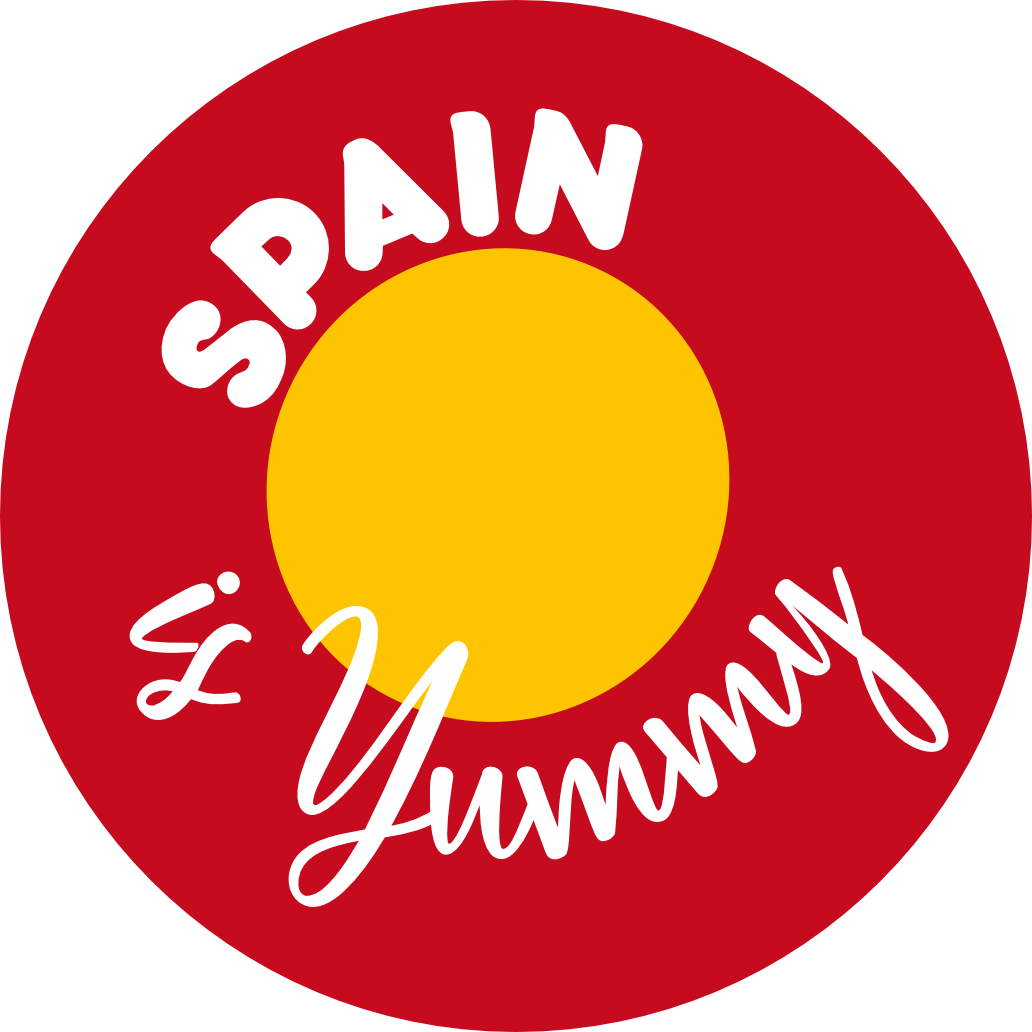Sweeten Your Easter in Spain: Top 10 Traditional Spanish Easter Sweets
Easter is a significant celebration in Spain, and just like in any other country that celebrates Easter, sweets and traditional foods are an essential part of the festivities. In Spain, Easter sweets come in various forms, ranging from marzipan to Easter eggs filled with sweets. These sweets are often enjoyed by families and friends during the Semana Santa (Holy Week) and on Easter Sunday. In this article, we will explore the top 10 Spanish Easter sweets, their origin, and how they are prepared.
1. Torrijas
Torrijas are a traditional Spanish sweet that is commonly eaten during the Holy Week. They are essentially slices of bread soaked in milk and then fried in olive oil before being coated in sugar and cinnamon. The origin of Torrijas can be traced back to the fifteenth century when they were eaten by the poor as a way to use up stale bread.


2. Monas de Pascua
Monas de Pascua is a traditional Easter cake that is popular in Catalonia and Valencia. It is made with flour, sugar, and eggs and is typically decorated with chocolate, almonds, and candied fruit. The cake is often shaped like a nest or a bunny and is usually given as a gift to children during Easter.


3. Pestiños
Pestiños are a sweet pastry that is typically eaten during Holy Week. They are made with flour, honey, sesame seeds, and aniseed and are deep-fried before being coated in sugar. The origin of Pestiños can be traced back to the Moorish period in Spain when they were eaten during Ramadan.


4. Flores de Semana Santa
is a traditional Easter sweet that is popular in Andalusia. The sweet is made by frying a dough that is shaped into a flower and then dusting it with powdered sugar. The dough is typically flavored with anise or orange blossom water, giving it a distinct taste and aroma. “Flores de Semana Santa” is a simple yet delicious sweet that has been enjoyed by generations of Spaniards during the Easter season.


5. Rosquillas de Semana Santa
Rosquillas de Semana Santa are traditional Easter cookies that are popular in Madrid. They are made with flour, sugar, and eggs and are typically flavored with aniseed. The cookies are usually coated in sugar or glaze and are often given as gifts during Holy Week.


6. Tarta de Santiago
Tarta de Santiago is a traditional cake from the region of Galicia. It is made with ground almonds, sugar, and eggs and is typically flavored with lemon zest. The cake is often decorated with a cross of St. James, which is made from powdered sugar.


7. Buñuelos de Viento
Buñuelos de Viento are a type of fried dough that is commonly eaten during Holy Week. They are made with flour, sugar, eggs, and yeast and are often filled with cream or custard. The name “Buñuelos de Viento” translates to “wind fritters” because they are said to be so light that they can be blown away by the wind.


8. Leche Frita
Leche Frita is a dessert that is popular in the region of Andalusia. It is made with milk, flour, sugar, and cinnamon and is typically deep-fried before being coated in sugar. The dessert is often served with a side of honey or syrup.


9. Huesos de Santo
Huesos de Santo are traditional Spanish easter sweets that is typically eaten during All Saints’ Day and the Day of the Dead. However, they are also enjoyed during Easter. The sweet is made with marzipan and is often filled with a sweet egg yolk mixture.


10. Borrachuelos de Málaga.
Borrachuelos Malagueños are traditional Easter sweets that are popular in the region of Malaga. The sweet is made by combining flour, olive oil, and wine or anisette, and then shaping the dough into small balls or discs. The dough is then filled with a sweet filling made from almonds, honey, cinnamon, and sesame seeds, and deep-fried until golden brown. Once fried, the sweet is dusted with powdered sugar and left to cool before serving. “Borrachuelos malagueños” is a delicious and unique Easter sweet that is a must-try for anyone visiting Malaga during the Easter season.


Spanish Easter sweets are an important part of the country’s Easter traditions. These sweets come in various forms, from cakes to pastries, and have a long history in Spanish cuisine. Whether you are in Madrid or Catalonia, there is always a traditional Easter sweet to enjoy. From the Torrijas and Pestiños to the Monas de Pascua and Rosquillas de Semana Santa, each sweet has its unique flavor and history that makes it special. So, if you ever find yourself in Spain during Easter, make sure to indulge in some of these delicious treats and experience the country’s rich culinary culture.
It is worth learning more about these traditional spanish easter sweets and more in pages like ( Directo al Paladar)
